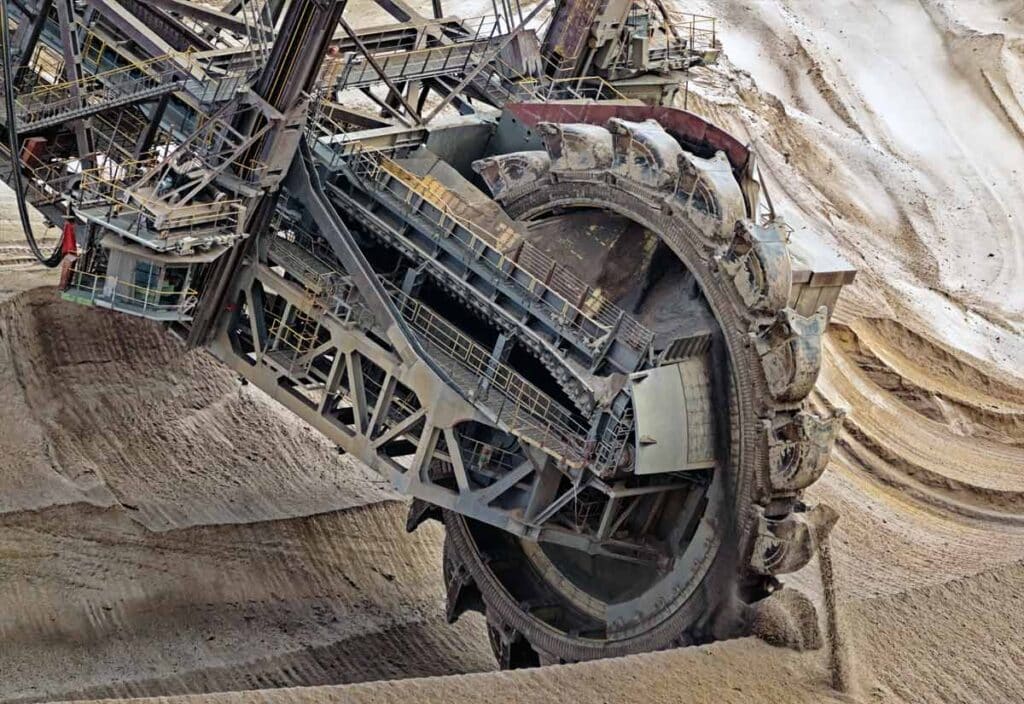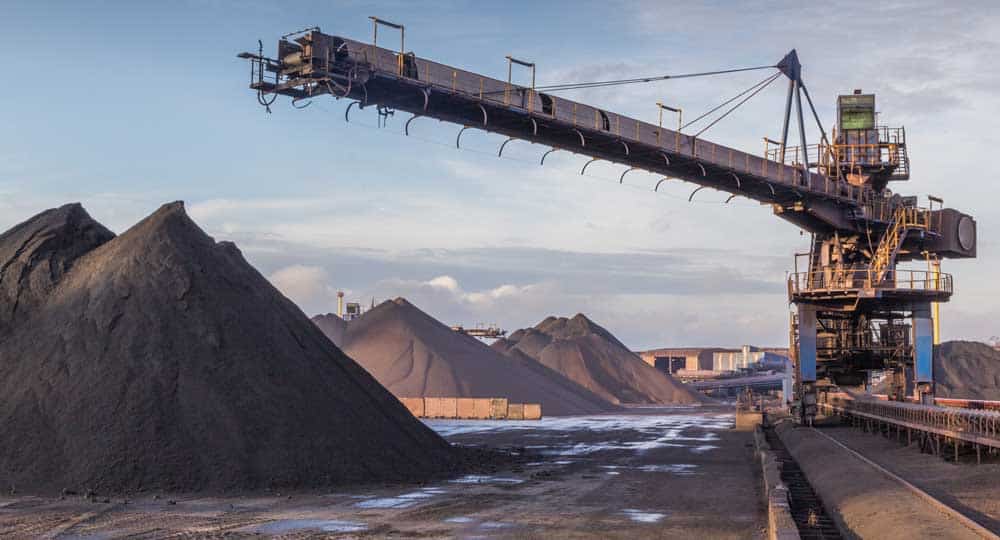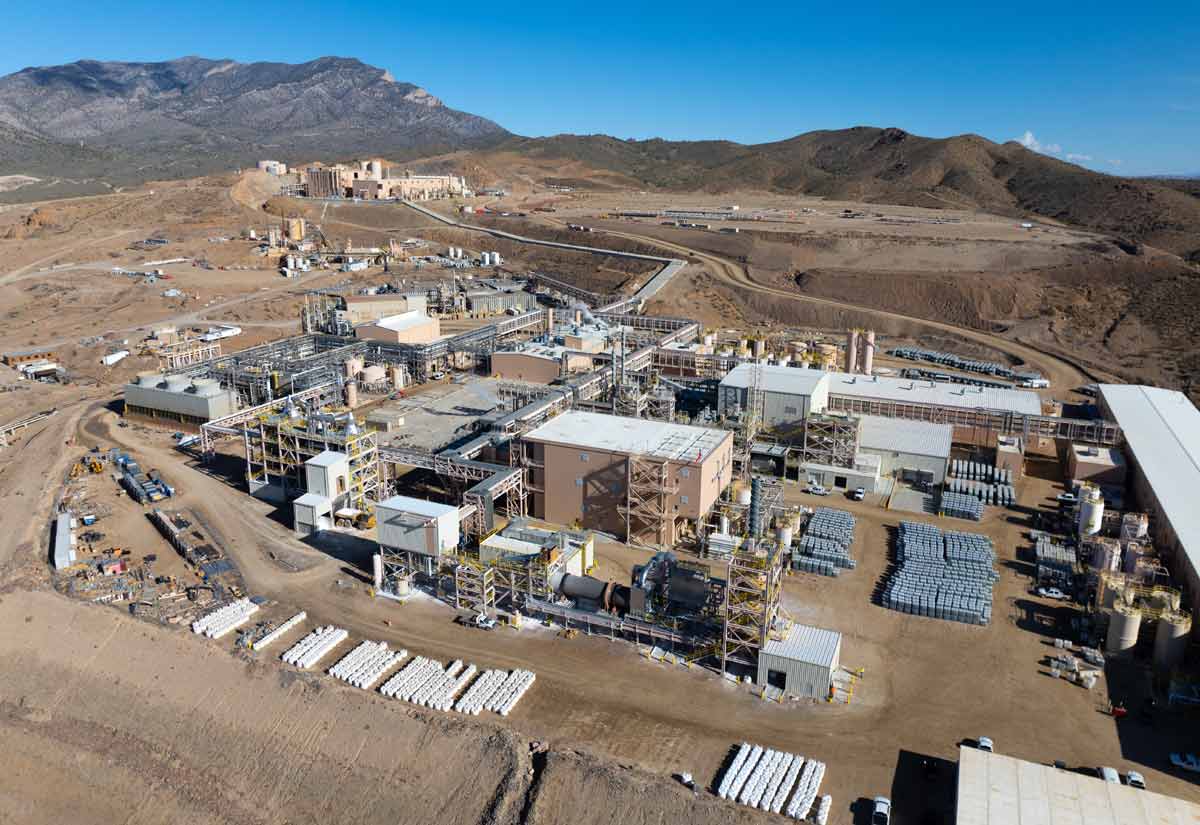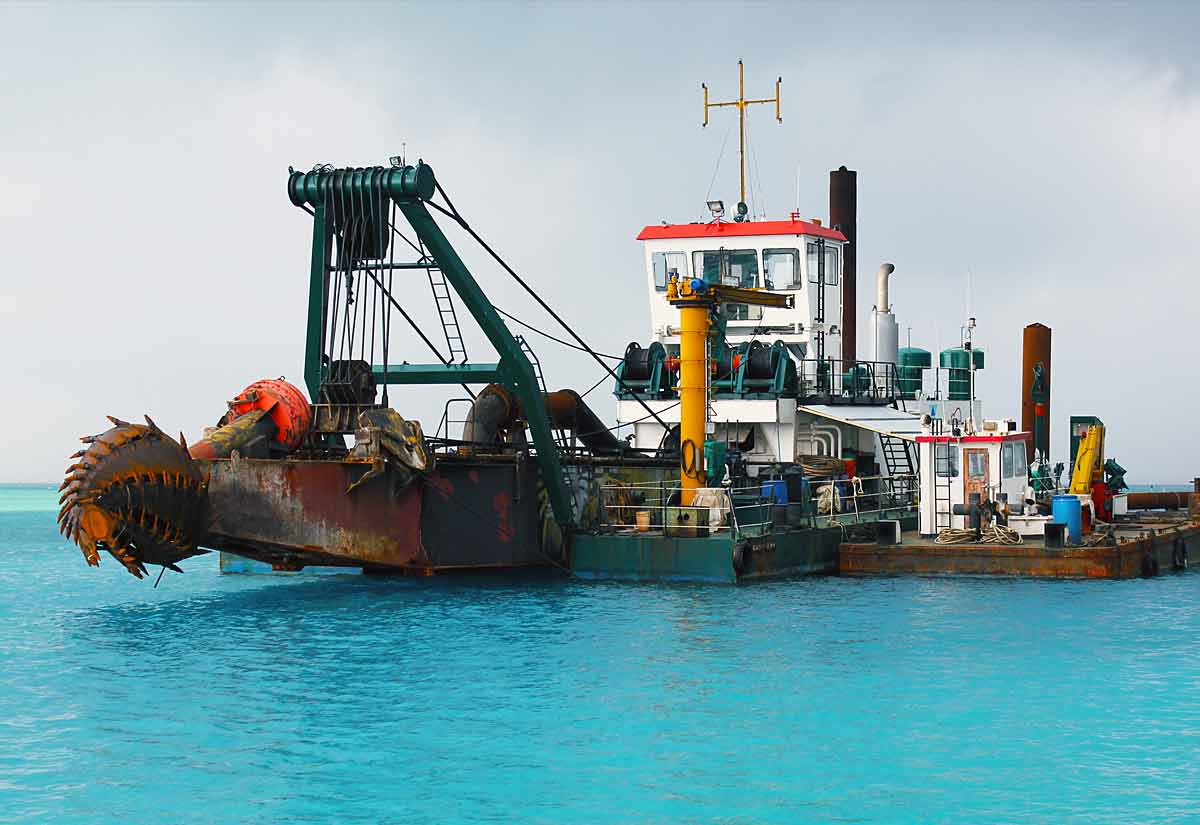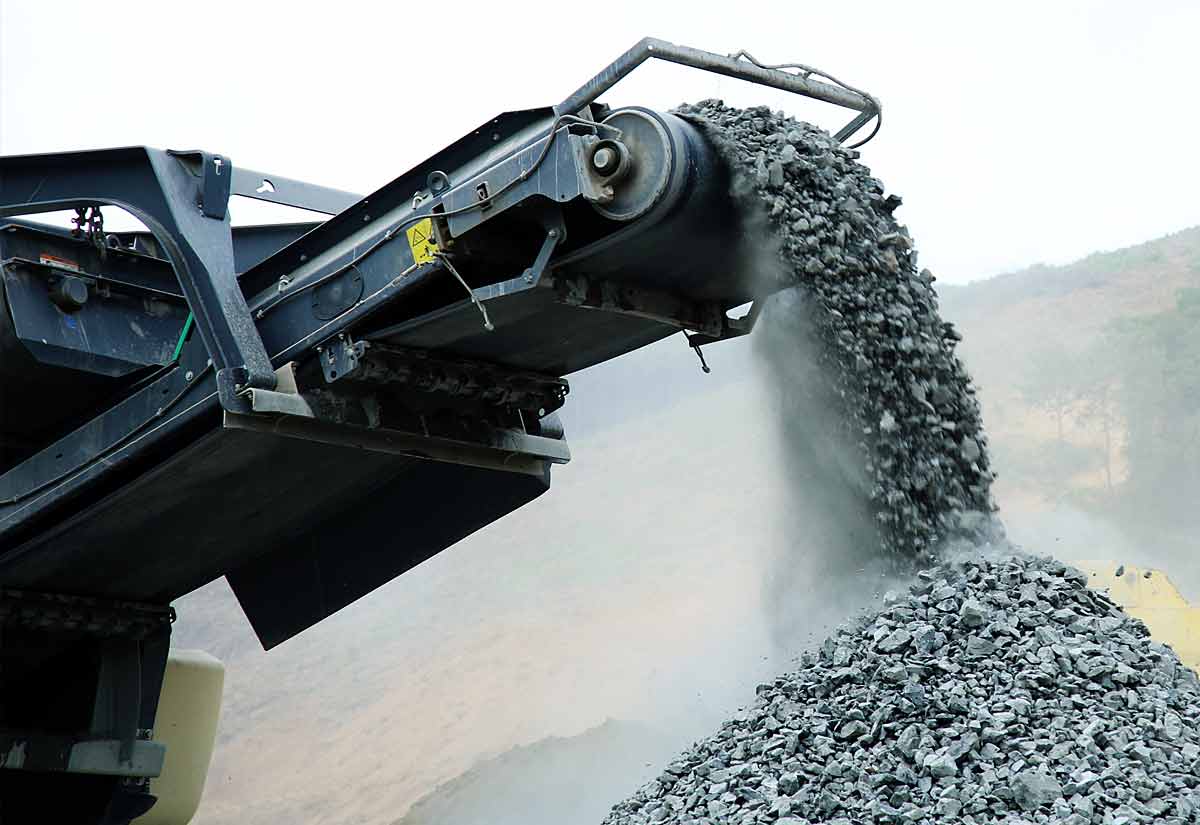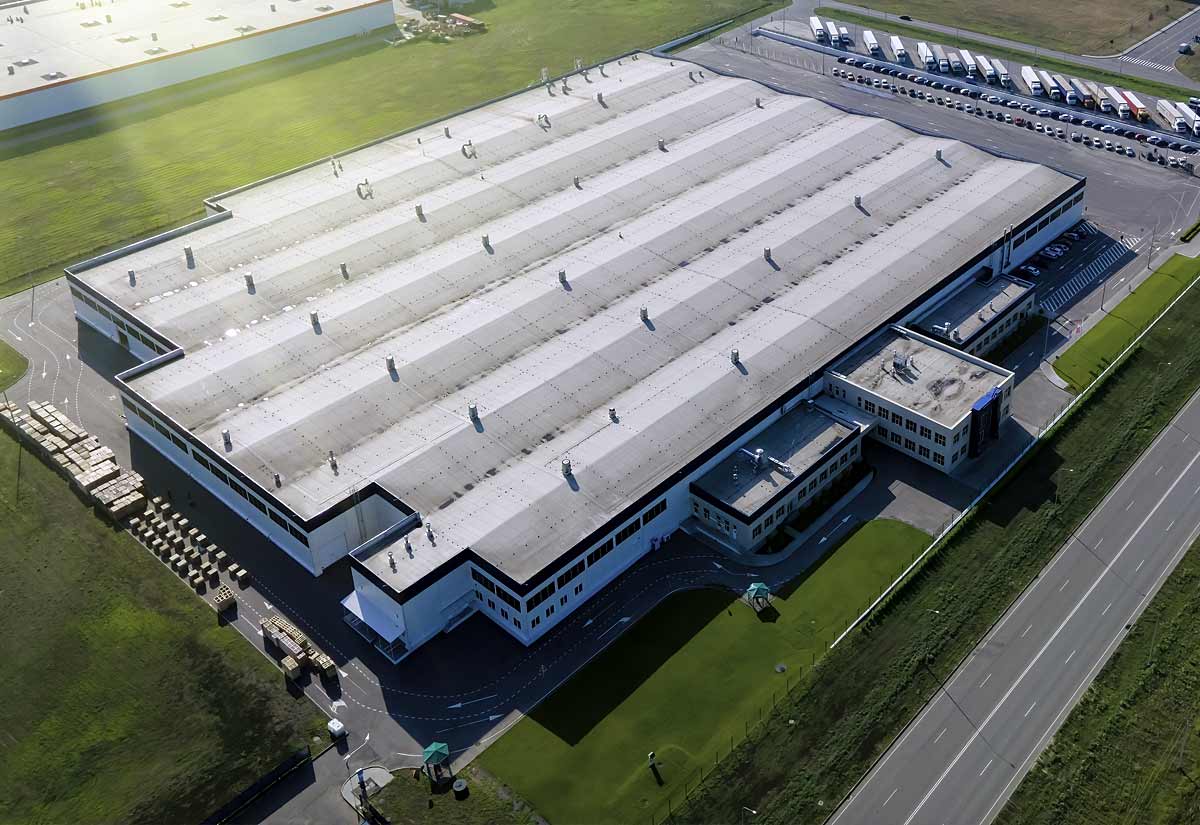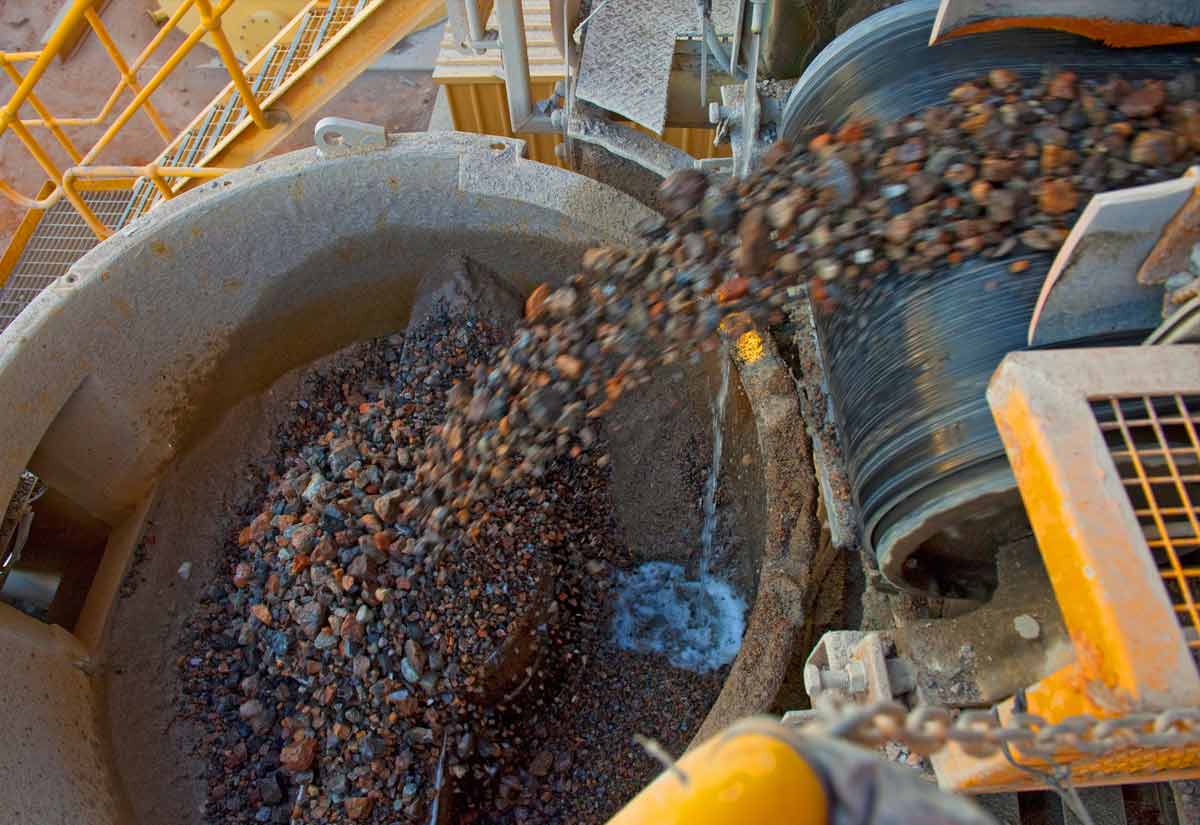The mining industry’s top geologists have already stepped up to the plate and hit home runs with major league mineral discoveries in 2023… But will unqualified politicians get out of the way and let the engineers round the bases to supply the grand slam demand for phosphate rock they themselves have created with their global Green Transition?
Here in the US it’s Major League All-Star week, so please forgive the baseball analogy. The question now is how fast the “fast track” in the European Union locations where “100-year supplies” of essential battery minerals have been discovered can be cleared of bureaucratic red tape so the first link in China and Russian-free domestic supply chains can be established.
We’ll also take a look at some “massive deposit” headline makers right here in the US to check on the progress of newly forged links in our own rickety domestic supply chain, as enriched coal and mudstone gets a new look through the critical minerals government lens in North Dakota.
100-Year Supply For Batteries and Solar Panels?
“A huge phosphate rock deposit discovered in Norway contains enough minerals to meet the global demand for batteries and solar panels for the next 100 years, according to the mining company that controls it. Norge Mining said up to 70 billion tons of the non-renewable resource may have been uncovered in south-western Norway, alongside deposits of other strategic minerals like titanium and vanadium.” – Massive mineral deposit discovery could meet global battery and solar panel demand ‘for next 100 years’- Yahoo Finance – July 5, 2023
Norge Mining has already raised the red hot phosphorus flag on green essential minerals at the company website with their succinctly and accurately titled article, Phosphorus: a victim of its own success. We reported on inter-industry competition for phosphates ourselves in our recent blog article TANSTAAFL: LFP Batteries and the Looming Phosphate Shortage.
It’s gratifying to see the mining industry go proactive, since here in the US we seem to have been in mining emergency limbo since President Trump declared an unheeded essential “rare earth” mineral emergency during his administration. The foot-dragging and pandering to environmental radicalism by allegedly green-minded politicians in the US and around the world begs the question;
“Just how urgent is urgent?”
Norge’s geologists in Norway have already stepped up and pointed the way to the projected 4,500-meter-deep ore body, a mother lode in Hellena that would theoretically be capable of meeting phosphate global demand for the next century.
At least that’s the pitch for the potential mother of all mother lodes, from the big rock’s owner Norge. There are also indications of titanium and vanadium ore bodies locked in the rock to sweeten the capital venture pot for the major league Norwegian mining player.
But Norway’s (and the encompassing EU’s) definition of “fast track” puts the shovel-ready date way out to 2028, epitomizing a typical lack of urgency from both the Norwegian and EU trade and industry bureaucrats, who are requiring a time-consuming analysis of 47 miles of drill cores before the giant mine operation in Helleland even gets on the track.
Obviously the political definition of “urgent” differs from the real-world engineering definition as it pertains to essential mineral supply and demand. Isn’t this the same bunch of EU greensters who set the ambitiously “urgent” 2030 benchmarks for their coveted “all-electric transition”?
Fast Track to Domestic Phosphate Resources or Phosphogeddon?
According to Norge Mining “The global economy consumes an estimated 50 million tons of phosphorus each year, with scientists warning earlier this year that the planet could face a “phosphogeddon” if supply trends continue.
Phosphogeddon? Add another weird green marketing word to the personal dictionary, Grammarly. But while the greenwash hype may be laughable the situation is not. 5 years down the road may qualify as the “fast track” to the bureaucratic royalty of the EU, those green-sprout politicians who seem content to place their faith in the dubious, often kinked supply chains dangled by China and Russia for another decade or so.
Of course, should the potential Asian mineral monopolists maintain their choke hold on the world’s hottest rocks, Iraq and Syria are also home to large phosphorus deposits. But those turbulent Middle East countries hardly make for a reassuring backup supply chain plan.
So it’s high time to enact the adage that if you want a reliable domestic supply chain done right, just do it yourself, like Elon Musk’s new lithium operation in Texas and surprisingly, the state government of North Dakota.
North Dakota’s Enriched Coal and Mudstone Resources: ND Geological Survey Report of Investigation no. 133
The greenster’s most dreaded and persecuted carbon demon, that fossil fuel foe of all that is good and green, coal is getting another look now that critical minerals are finally getting their long overdue attention in the industry and political spotlight.
To give credit where credit is due, North Dakota’s geologists have been among the rare government first responders to the critical mineral emergency, and now the geological survey they’ve been compiling since 2015 is bearing enriched fruit in 2023. Fruit with the potential to make North Dakota a major minerals player with the state’s estimated 25 billion tons of lignite reserves.
Low-Grade Brown Lignite Gets a Green Upgrade
It’s been awhile since we’ve come across lignite in the news, so we went to the USGS for a definition. As it turns out, lignite coal, also called brown coal, is the lowest-grade coal with the least concentration of carbon. Lignite has a low heating value and a high moisture content and is mainly used in electricity generation.
That was then, this is now, as geologists are giving new life to lignite deposits with enriched mineral content referred to as “coal-hosted”.
Samples of thin lignite coals along with other organic-rich mudstones from the lower Bear Den Member in North Dakota contain up to 2,570 parts per million rare earth elements. According to North Dakota’s Investigation 133, this is believed to be the highest spot concentration yet reported from a North American coal source, easily exceeding the threshold of 300 parts per million considered as economically viable to mine. But just as in Norway, significant concentrations of many additional critical minerals were enriched in the same samples, including:
- Cobalt
- Gallium
- Germanium
- Lithium
Although the first few sites investigated for the ND Geological Survey were too sparse to mine economically, lignite beds tend to thicken over short distances so the potential exists for several feet of coal to be enriched at other sites around the state and that could be a game changer for essential mineral mining players in North Dakota. And it could be a strong first link in the US domestic supply chain, reducing the need for critical mineral imports, and eliminating a major strategic vulnerability of the United States.
About Resource Erectors
When it’s time to forge the strong links your company needs to recruit and retain the top professional talent to your workforce it’s time for Resource Erectors. We specialize in heavy industry human resources and we’ve got decades of specialized experience matching the top professionals in mining, minerals, aggregates, civil construction, bulk materials, sales, safety, and engineering with the companies who seek the best candidates to thrive in an always demanding business environment.
We maintain long-standing connections with industry-leading companies across North America and the experienced professionals who keep them in the lead, so when it’s time to avoid the high cost of critical vacancies in your company or to make your strategic 6-figure move up the professional heavy industry career ladder don’t hesitate to contact us so we can all get to work.
